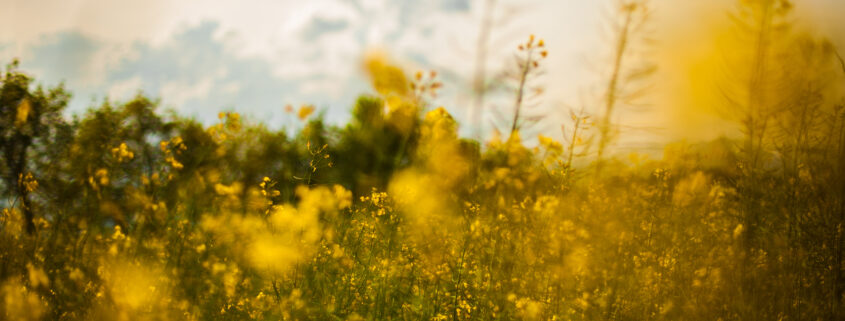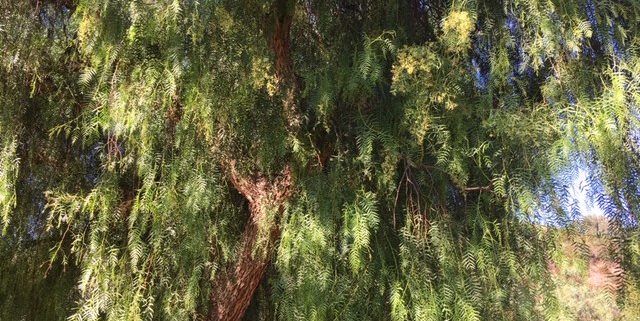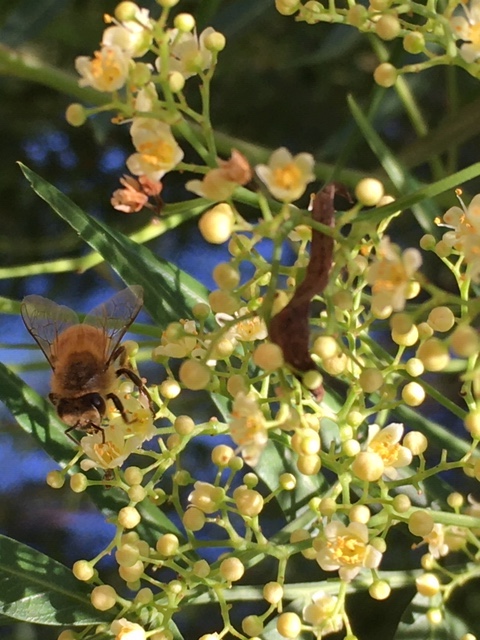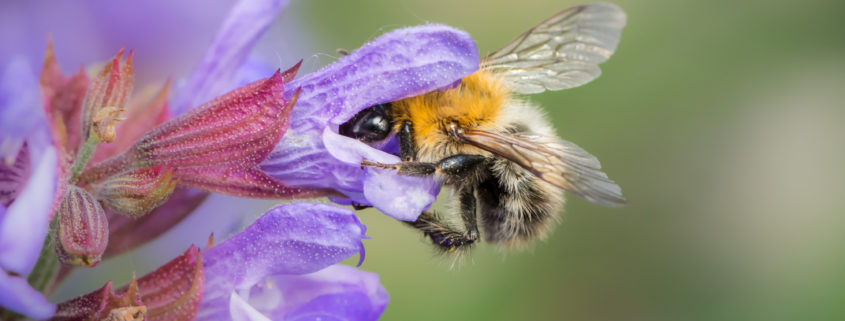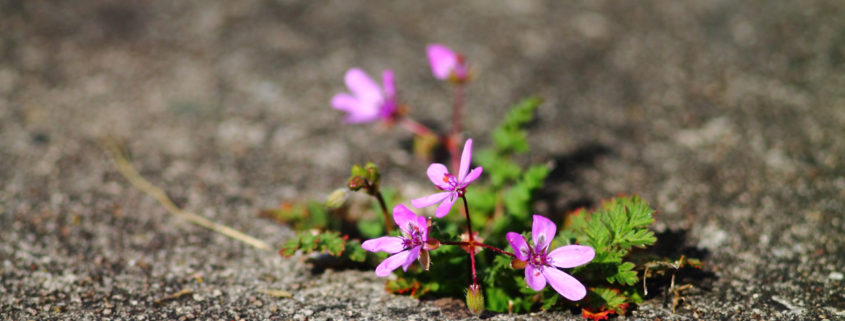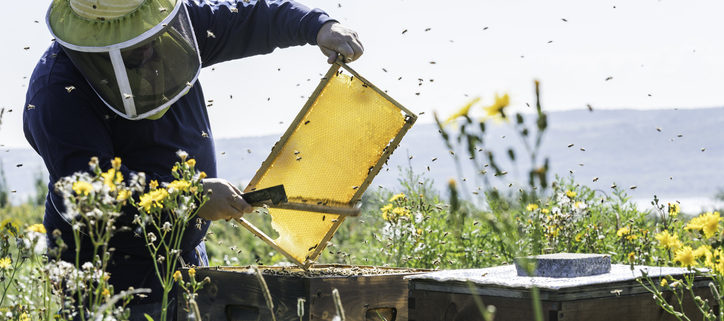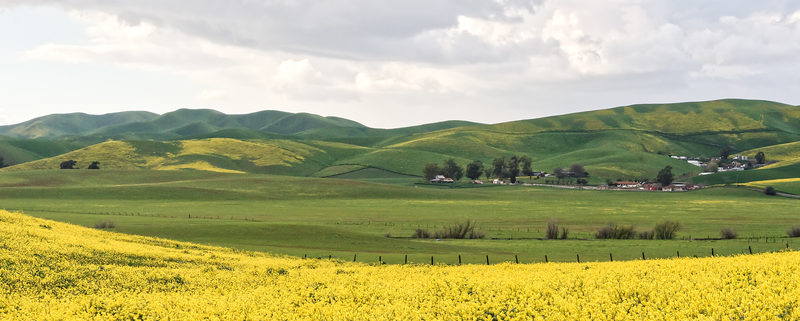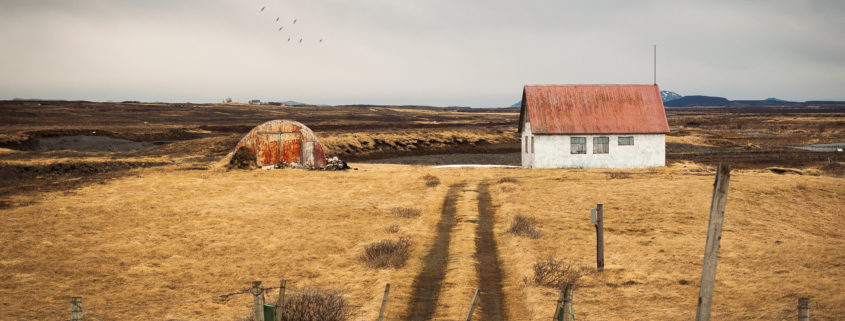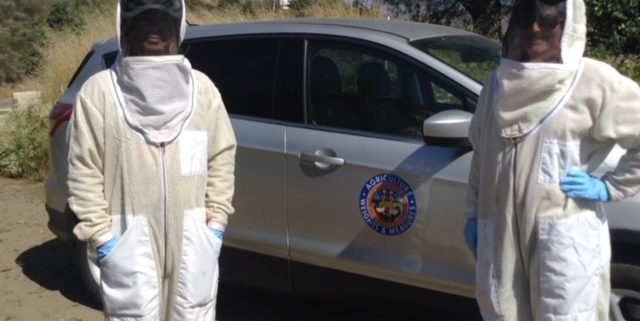Deciphering the Language of Pollen Colors
For beekeepers, a captivating sight unfolds within the hive: a vibrant tapestry of pollen pellets, each boasting a distinct color. These colorful balls, diligently carried by returning foragers, tell a fascinating story – a story of the bees’ journey and the blooming flowers they encountered.
Just like a painter’s palette, the colors of pollen reveal the flowers the bees have chosen to visit. In some cases, the connection is readily apparent. When bright yellow pollen pellets arrive amidst a landscape awash with blooming wild mustard, the source is evident.
However, the bee world is not always so straightforward. Mysterious colors can intrigue even the most experienced beekeeper. Pollen, usually known for its yellow and white hues, can also surprise us with vibrant reds, greens, blues, oranges, grays, and even purples.
This diversity is especially noticeable in urban and suburban hives where bees have access to a wider variety of gardens and flowers. Unlike their rural counterparts who may encounter vast fields of the same species, urban bees flit from flower to flower, collecting a kaleidoscope of colors.
The reason for this single-color preference is quite simple. Individual bees, known for their meticulous nature, dedicate themselves to foraging from one type of flower at a time. This ensures efficient pollen collection and prevents the unwanted mixing of pollen from different species, which could compromise the colony’s reproductive success.
But the intrigue doesn’t end there. For the curious beekeeper, pollen colors become a tool for investigation. By carefully observing the incoming pollen and comparing it to the blooming flowers in the surrounding area, one can piece together a map of the bees’ foraging routes. This knowledge can be valuable for understanding the health and diversity of the local ecosystem and ensuring that the bees have access to a variety of nutritious pollen sources.
So, the next time you see a bee returning with a vibrant pollen pellet, remember that it carries a hidden story, waiting to be deciphered. Through the language of color, the bees invite us to embark on a journey of discovery, unveiling the secrets of their world and the beauty of the natural landscape that sustains them.

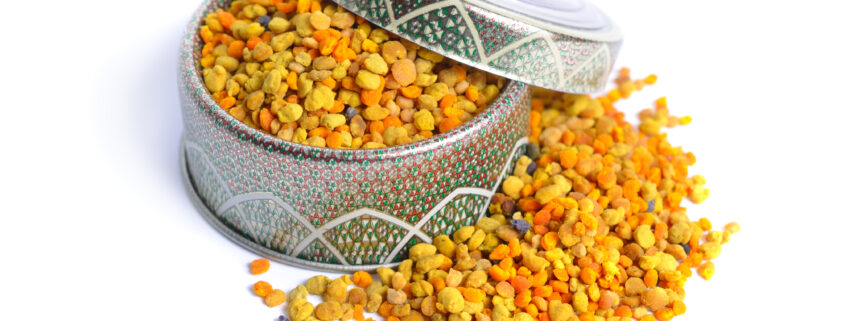
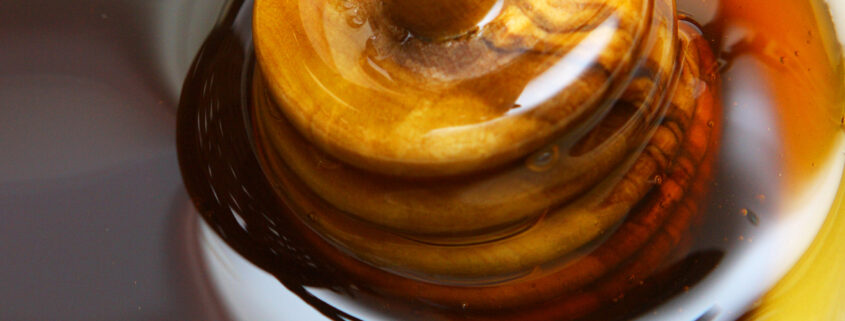
 Tartary Buckwheat
Tartary Buckwheat